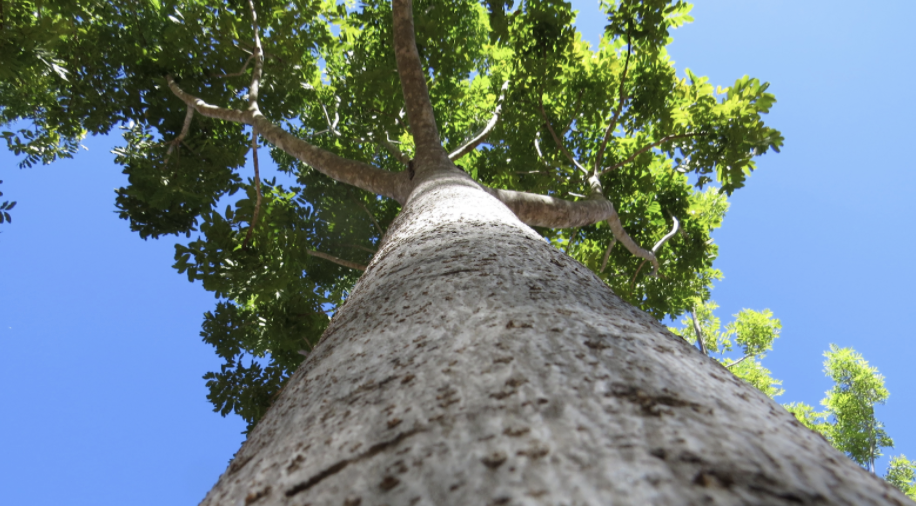| Scientific name | Khaya anthotheca |
| Synonyms | White Mahogany / East African Mahogany |
| Native distribution | Sub Saharan Africa |
| Biology | It is a large evergreen tree up to 60m tall with an elongated or rounded, much-branched crown. Diameter between 60-120cm. |
| Ecology | Slow growing species. |
| Habitat | A canopy tree of lowland rain-forest and riverine fringe forest, from sea level to about 1,500m. Prefers terraces and stable, gently sloping riverbeds in riparian forests. It grows well on adjacent colluvial slopes at margins of floodplains. Grows on medium and heavy clay soils but prefers well-drained soil. |
| Wood | The wood is light to moderately heavy, soft to moderately hard. The sapwood is between 2-5cm. It is durable, resistant to dry wood borers, fairly resistant to fungi, but susceptible to termites. Very common in furniture production, doors, flooring etc. in East Africa. |
| NTFPs | The bitter-tasting bark is widely used in traditional medicine. A decoction or infusion of the bark is taken in the treatment of fevers, colds, pneumonia, abdominal pain, vomiting and gonorrhoea. |
| Services | The tree is occasionally planted to provide shade in agroforestry systems. A reddish-brown dye can be obtained from the bark. The heartwood is pinkish brown to deep red with a copper reflection. It is more or less distinctly demarcated from the 3-8cm wide band of pale brown sapwood. |
| Other information | The leaves are said to be used for making an arrow-poison. The wood dust may cause irritation to the skin. |
